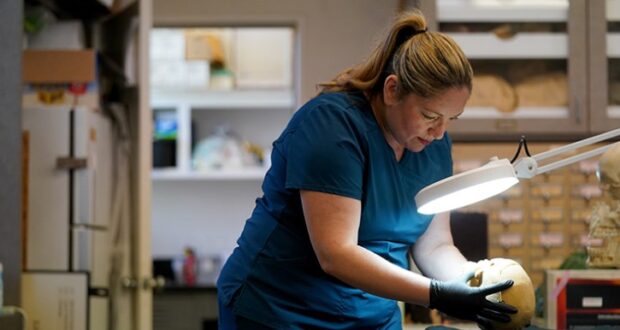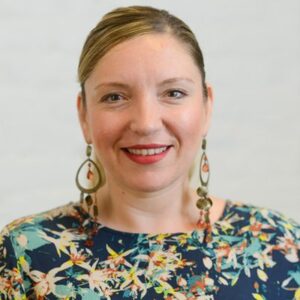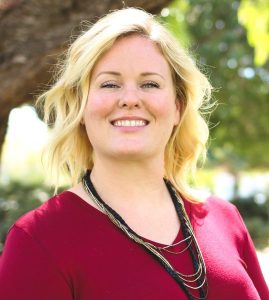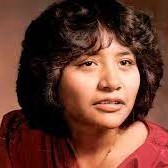FRESNO STATE — Forensic anthropologist Dr. Chelsey Juarez of the Fresno State Forensic Anthropology Laboratory analyzes the remains to estimate things like age, sex, stature, ancestry and to investigate the type and timing of traumatic injuries — whatever the medical examiner needs.
 Her work, with assistance from about six undergraduate students in the lab, helps find resolutions for missing people or those who suffered violent deaths, and it gives closure to families waiting for answers.
Her work, with assistance from about six undergraduate students in the lab, helps find resolutions for missing people or those who suffered violent deaths, and it gives closure to families waiting for answers.
This summer, Juarez has another 41 cases, mostly from the Central Valley, to work through. “I’m really proud to be able to do this work for my community,” Dr. Juarez said. “To do the active case work, but also to think about all the people of the Central Valley holistically and not to leave anybody behind.”
Dr. Juarez came to Fresno State in 2018 from North Carolina State University in Raleigh where she was an assistant professor, Chancellor’s Faculty of Excellence Fellow, in the Forensic Science Institute. When the opportunity to join Fresno State came up, Juarez jumped at the chance to return home to California even as she was up for tenure. She wanted to be close to her aging parents in Merced County.
When she took the job, it was her belief, and still is, that Fresno State can be a leader in forensic science. There’s a Department of Justice Forensic Lab on campus, lots of different forensic-focused faculty, and a need for forensic science excellence in the underserved Central Valley, she said. Her goals: to build an impactful forensic science program at Fresno State and create a pipeline of well-trained students of color in a discipline that lacks diversity, she said.
“The ability to provide a meaningful and needed service to our communities while also providing opportunities for students to gain hands-on, job-ready education and training is central to Dr. Juarez’s work,” said Dr. Elizabeth Lowham, dean of the College of Social Sciences at Fresno State. “It is the integration of these goals under her guidance and mentorship that creates an unparalleled learning experience for our students.”
Students who work in the lab are required to take human osteology and forensic anthropology classes in order to have a good understanding of the human skeleton and methods used in forensic anthropology. Then, they can learn and help assist on real cases in the lab. Fresno State isn’t lacking in case load, which can range from two cases a month to nearly a dozen.
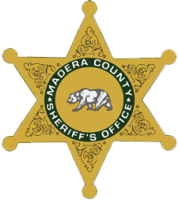 In May, Dr. Juarez helped the Kings County Sheriff’s Office estimate the time since death and the ancestry of bones that were found in a bag along a rural road. She also received news from a separate case that a 2020 collaboration with the Madera County Sheriff’s Office resulted in a positive DNA identification and return of remains to a family on May 1.
In May, Dr. Juarez helped the Kings County Sheriff’s Office estimate the time since death and the ancestry of bones that were found in a bag along a rural road. She also received news from a separate case that a 2020 collaboration with the Madera County Sheriff’s Office resulted in a positive DNA identification and return of remains to a family on May 1.
“There’s only one other place that I can think of in the entire U.S. that has active casework that’s undergraduate focused and it’s run by one of my colleagues in Florida,” Dr. Juarez said. “There’s really no other location where we have a caseload, especially a caseload like ours, where [undergraduate] students are getting hands-on training with state of the art equipment.”
Students learn how to remove the flesh when bones come in with some flesh on them, Dr. Juarez said. They learn how to photograph bones, how to measure bones and record the information and how to use statistical computer programs to estimate data points. The work is done with respect and care until the remains can be returned to families.
Kayleigh Dameral, a senior anthropology and geography major from Port Orchard, Washington, used a saw to cut up small bone fragments during finals week. She packaged the fragments and worked to inventory and catalog them for next semester’s students to identify. “Not a lot of people can say they sawed bones,” Dameral said. Dameral added that the lab was a safe space for her and her classmates to work together. What did she like about the lab? “We got to see the CSI part of it,” she said. “This is how you take someone’s tooth to send it to sampling and doing all the official seals and papers. That was interesting.”
In the recent Kings County Sheriff’s Office case, photographs of skeletal remains were sent to Dr. Juarez after a dairy farmer found bones in a bag on a rural road. Dr. Juarez determined the remains to be historic indigenous/Native American remains and not related to a crime.
On May 1, a Madera County Sheriff’s detective and a forensic identification specialist returned the remains of Christine Lester, a 29-year-old Navajo woman, to her family on the Navajo Nation in Arizona. Lester was positively identified through new forensic anthropology techniques and DNA technology in a collaboration between the Fresno State forensic lab and the sheriff’s office.
Lester was murdered in 1987 and was one of several unidentified bodies buried in a Madera County cemetery. Her body and another were exhumed with the hope of identifying the remains. Lester was one of many Native American women, girls and two-spirit people who go missing or are found murdered across the United States, Dr. Juarez said.
“The Fresno State Forensic Anthropology Laboratory, along with our partners, commit ourselves to work in collaboration with our Native American and indigenous communities and all those who have missing family members,” Dr. Juarez said. “We commit to treat those in our care with love, respect, and cultural sensitivity, and to do everything that we can to identify those in our custody, and wherever possible to send them home to their families.”
By BoNhia Lee.
Want to learn more about Forensic Anthropology? Check out this great video!

